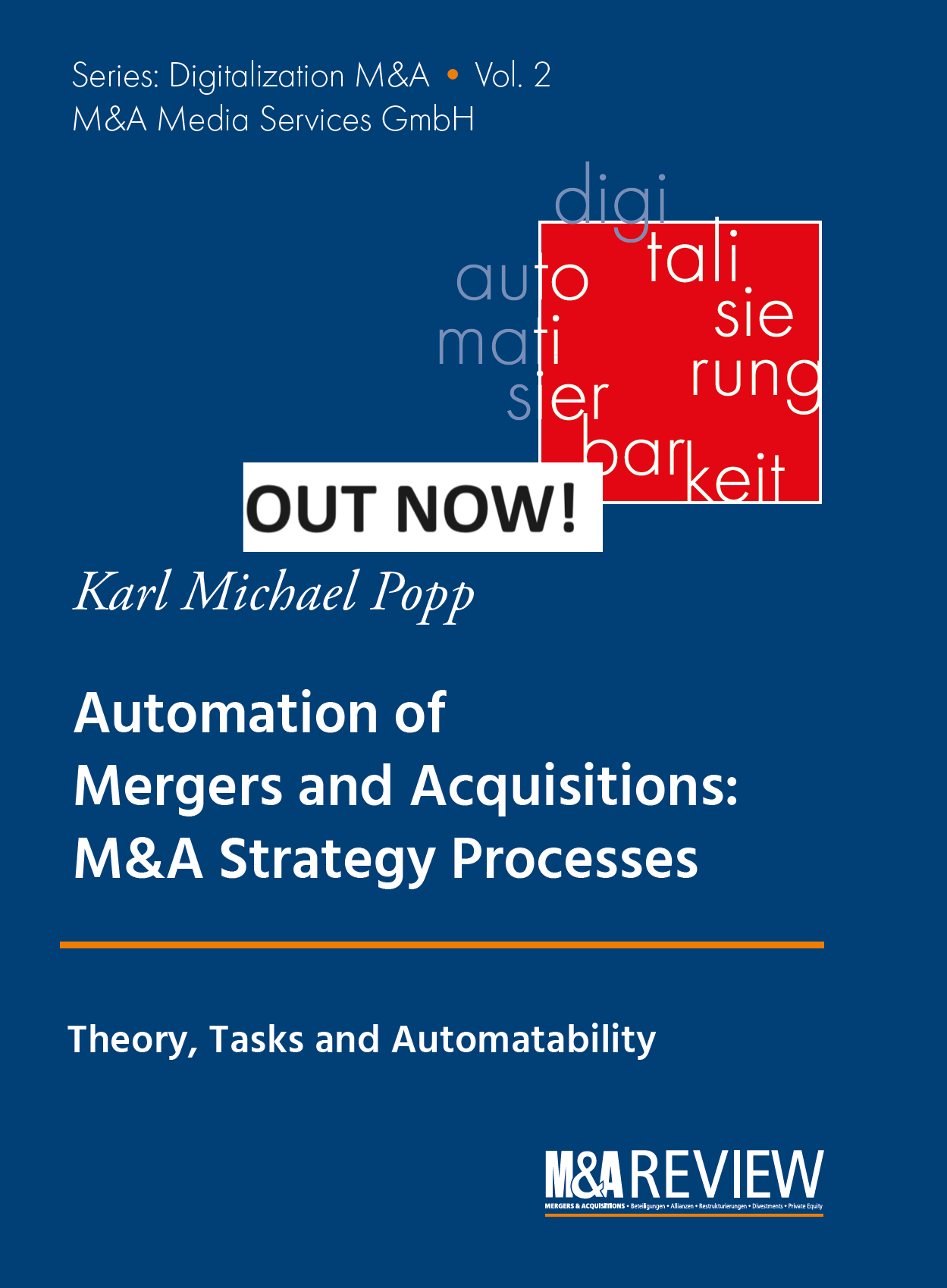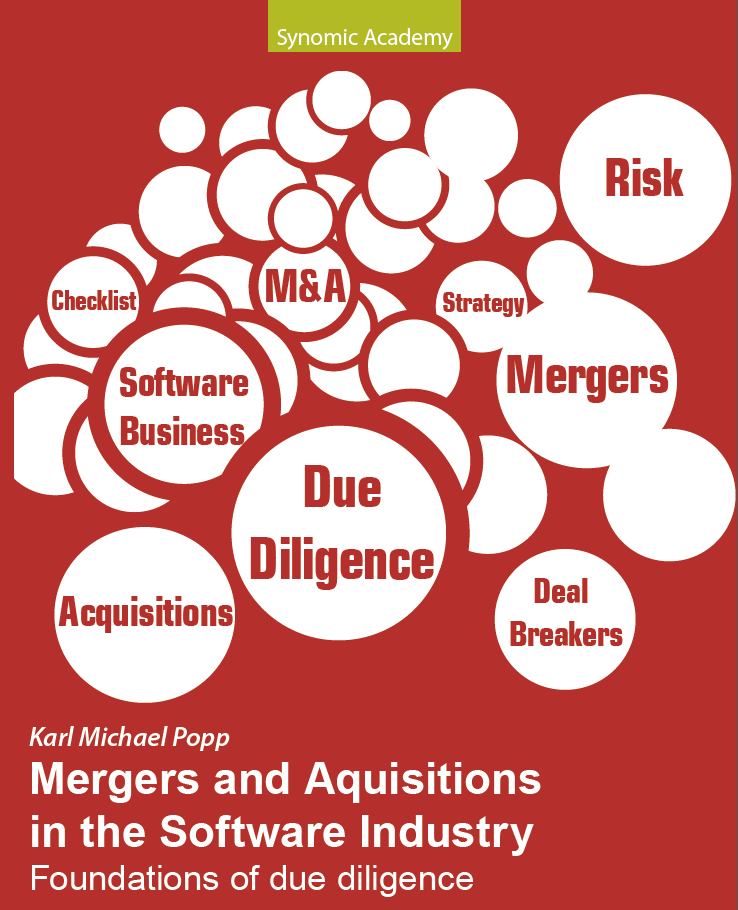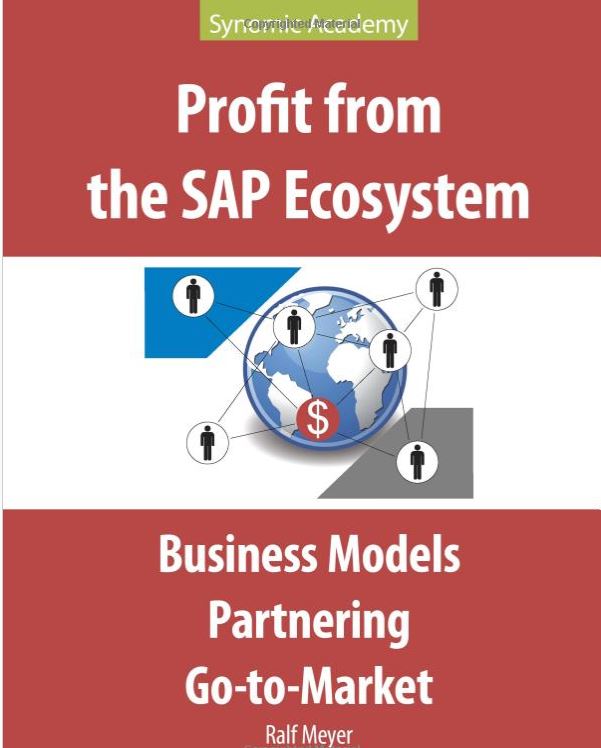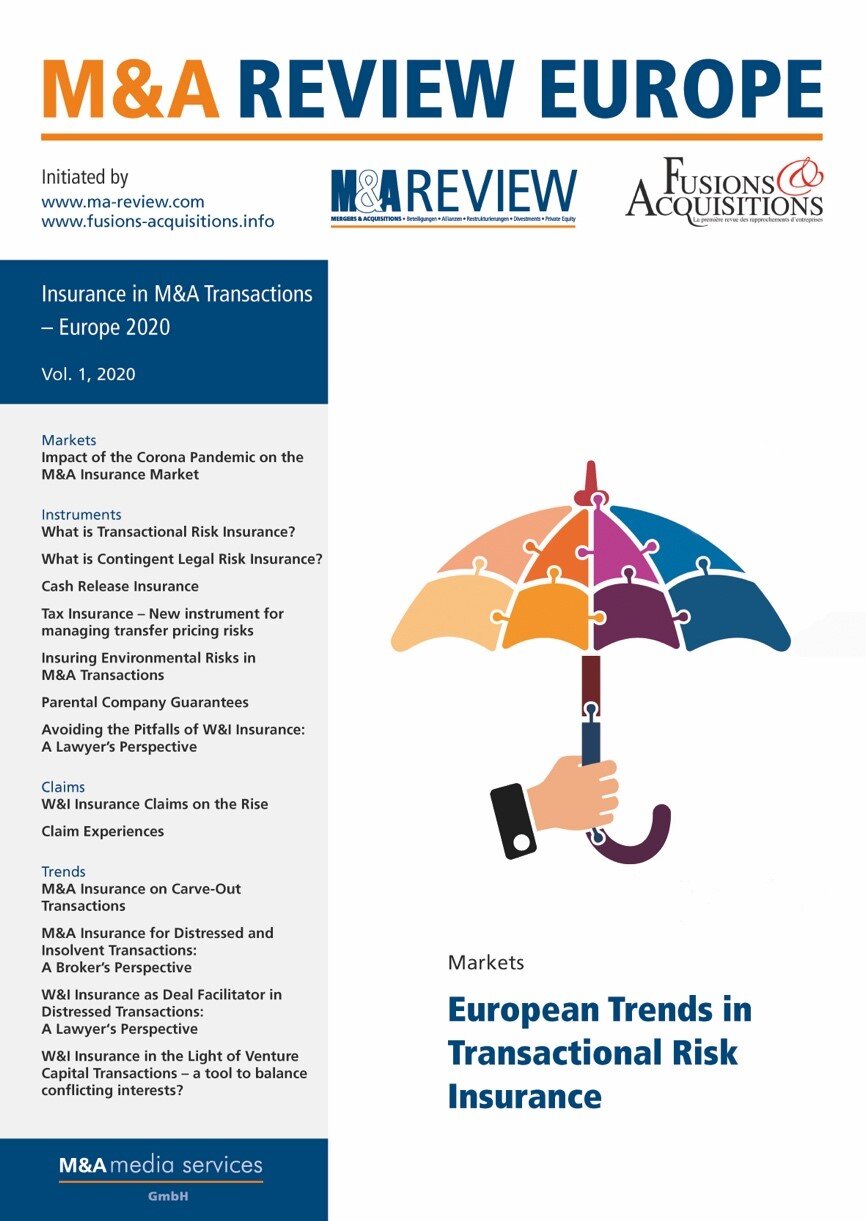Open Source Scans During Due Diligence in Mergers and Acquisitions
This blog is in the Top 25 M&A blogs worldwide according to Feedspot
Within the context of mergers and acquisitions (M&A), the due diligence phase represents a pivotal process that necessitates an exhaustive evaluation of the target entity's assets, liabilities, and overall operational viability. A particularly salient component of this procedure is the scrutiny of open source software (OSS) utilized by the target organization. Open source scans are instrumental in uncovering potential hazards linked to OSS, especially concerning security vulnerabilities, compliance challenges, and the overarching quality of the software.
Importance of Open Source Scans
Open source software has gained widespread acceptance owing to its adaptability, economic advantages, and development fostered by community collaboration. Nevertheless, it can introduce substantial challenges if left unchecked. Open source scans function as analytical instruments that assess the software components employed in a company's offerings to detect known vulnerabilities, obsolete libraries, and licensing discrepancies. The necessity for these scans is underscored by several critical factors:
1. Identifying Security Vulnerabilities: Open source components may contain vulnerabilities that, if unresolved, could be exploited by malicious entities. Conducting scans for these vulnerabilities enables acquiring firms to ascertain the security framework of the target organization and implement requisite measures to mitigate associated risks.
2. Ensuring Compliance: Numerous sectors are governed by regulatory mandates pertaining to data protection and software security. Open source scans assist in ascertaining that the target organization adheres to these stipulations by uncovering any non-compliant software elements or licensing complications that could result in legal ramifications.
3. Assessing Software Quality: The caliber of the software leveraged by the target organization can profoundly influence its market valuation. Open source scans furnish insights into the software's health, encompassing the regularity of updates, community backing, and the existence of deprecated components. This data is vital for grasping the long-term sustainability of the target's technological framework.
4. Facilitating Integration: The integration process following a merger can present considerable challenges, particularly regarding the alignment of technological strategies. By undertaking open source scans during the due diligence phase, acquiring organizations can pinpoint prospective integration challenges at an early stage, thereby facilitating a more seamless transition and improved alignment of security protocols.
Conclusion
In summation, open source scans constitute a crucial element of the due diligence procedure in mergers and acquisitions. They yield invaluable insights into the security vulnerabilities, compliance status, and overall software quality associated with the target organization. By emphasizing the importance of open source scans, acquiring firms can make well-informed decisions, mitigate risks, and ensure effective technological integration post-merger. This anticipatory strategy not only safeguards investments but also augments the long-term success of the consolidated entity.
Like my thoughts? READ MY NEW BOOK
ORDER AT AMAZON
ORDER IN GERMANY









